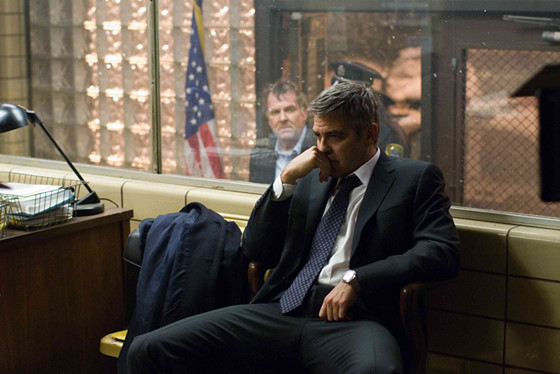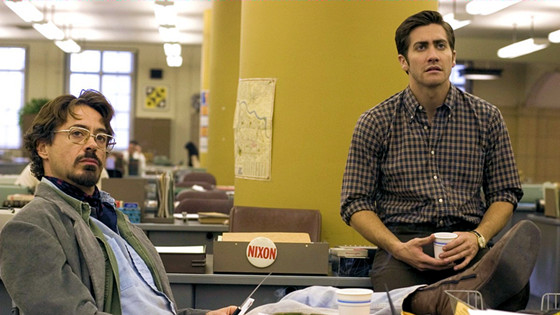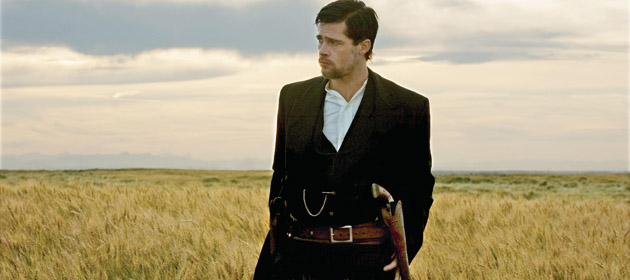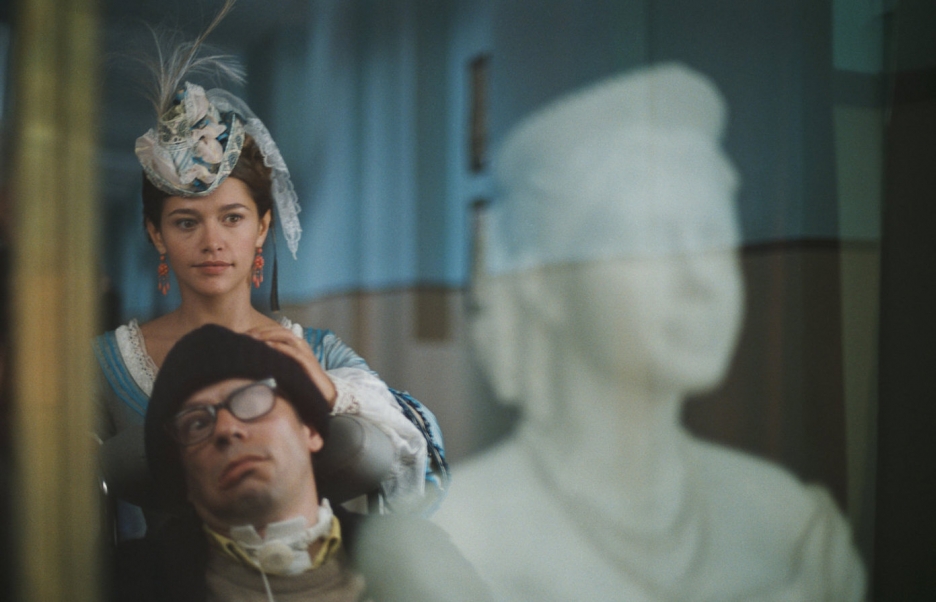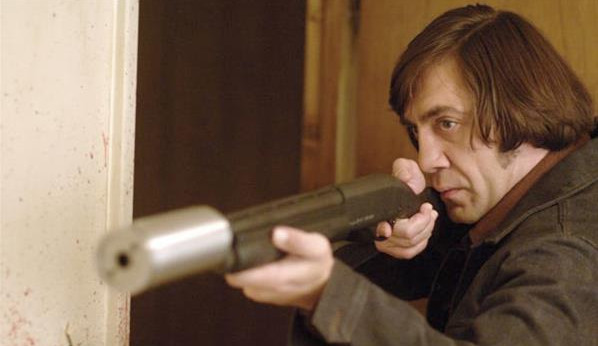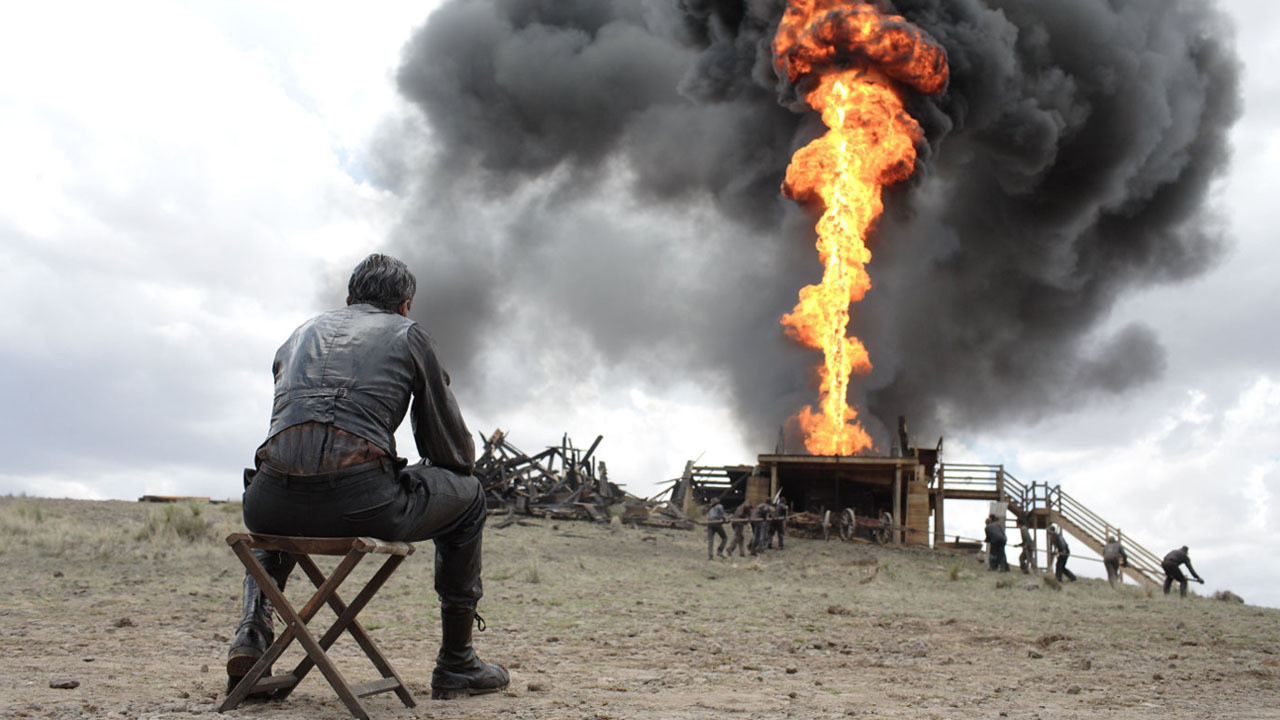7. Michael Clayton
Tony Gilroy wrote and directed this complex, immaculately scripted drama that plays like a paranoid thrillers of the 70’s, but instead of shady government organizations, the faceless entities of doom are massive corporations.
The movie revolves around three lawyers who are all cracking under pressure. Tom Wilkinson is riding a tidal wave of a nervous breakdown induced by his realization that he has spent his life helping bad people hurt innocent people.
Tilda Swinton is cracking from the realization that she holds the power over life and death. And George Clooney is Michael Clayton, a man being dragged down by the fact that nothing in his life has worked out quite like he thought it would. He’s a corporate lackey helping rich men get out of their own stupidity, his side business failed, his brother is an incurable mess, and after the divorce his wife got the son who he hardly has time to see much anyway.
At this point in his career as superstar, Clooney had seldom shown his characters’ vulnerable side. He could easily coast on charm through movie after movie. As Clayton, he has the suit and the luxury car expected from a Clooney character, but he doesn’t have the famous smile. He replaces it with a look in his eyes that tends to hold a startling mixture of fear, sadness and bottled-up rage. This is as good as he gets, and it turns out he can get pretty good.
6. Zodiac
A murderer is walking the streets and the clock is ticking and ticking and it keeps on ticking for years of dead ends and false hope. Zodiac is a real-life monster movie based on the unsolved mystery of the Zodaic Killer who killed at least five and as many as twelve people in the San Francisco Bay area in the late 1960s and early 70’s.
David Fincher directs a solid cast that includes Mark Ruffalo and Anthony Edwards as the cops on the case and Robert Downey, Jr, and Jake Gyllenhahl as the reporters tracking the story. The four are energized by the case, but as time passes and the case gets colder, they are all worn down in their own way by their common obsession.
Fincher proves here that he is a master of style, filling his thriller with not just thrills (as he had done with Se7en and The Game), but sadness, humor and humanity. It almost seems like this is a practice run for the more intimate thriller Gone Girl. He captures the style of 70’s existential action films up to and including the pessimistic ending.
He had no choice if he wanted to stay true to history. In a sly bit of Hollywood mockery he has Ruffalo leaving a screening of Dirty Harry, a movie whose villain was based on the Zodiac Killer (and its hero very loosely based on the detective himself). The real-life detective knows you can’t just shoot your way to justice. You have to wait, watch and sometimes loose.
5. Once
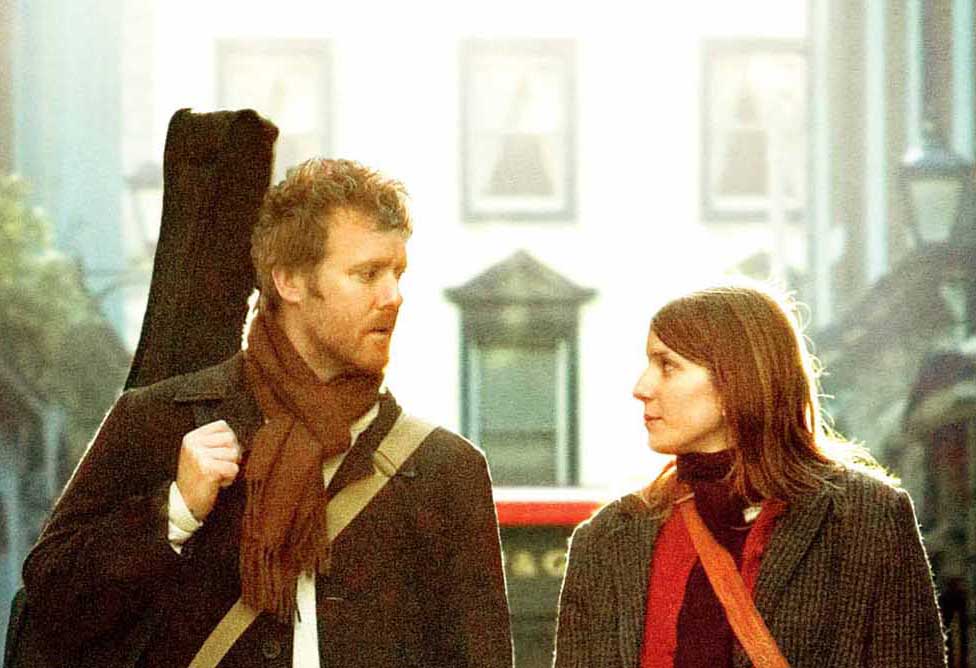
A Dublin street musician catches the ear of a young Czech immigrant. He plays the guitar and she plays the piano. They start playing music together and they find themselves to be as good as they always thought they could be. Is it love or is it music?
This is not a traditional musical. Rather, it is a movie about people who make music. The songs are allowed to be played out in full. Some of these sequences are as exciting as old MGM musical extravaganzas. Odd since it’s just a guy and a girl sitting down and playing for each other. There’s nothing fancy about it.
This is a patient movie that never panders to the audience. Director John Carney trusts the viewer enough to know that all he needs do is keep the camera rolling on two likable people and attention will be paid. The lack of fast paced editing draws us in, just as it did in the days of the great Hollywood musicals when musical numbers would be shown as just one or two shots.
The actors are amateurs, the couple isn’t gorgeous (beautiful, but not gorgeous), the script is mostly improvised, the stars (Glen Hansard and Marketa Irglova) are singing songs they wrote themselves, and the movie feels alive like few others. Once is a wonder of simple sloppy brilliance and amateur expertise.
4. The Assassination of Jesse James by the Coward Robert Ford
The title, paradoxically, says it all while merely scratching the surface. Yes, Ford shoots James (which, as a second paradox is nerve-jinglingly intense despite the fact that the title gives away the climax), but that is merely the moment in which these two American tragedies converged. This dual tragedy is a sumptuous meditation on ill-gotten fame.
Our present reality colors the relationships of these ghosts of the past. The strange perfection of the casting adds layers of meaning and emotional truth to the story. Brad Pitt is cast as James, who, like Pitt, was one of the most famous Americans of the era. Ben Affleck’s kid brother Casey is Ford, a man trapped in another man’s shadow. Even political strategist James Carville is brought in for the small role of a politician strategizing to bring down the outlaw.
This meta-casting helps the two leads deliver career best performances. Affleck is particularly effective, transforming from an actively stupid teenage fan boy to an intelligent and weary adult. His character arc is the rare opportunity to watch a character attain wisdom. It might also be the top work of cinematographer Roger Deakins’ who captures the terrain of the Great Plains and the landscapes of the stars’ faces as no one has done since Nestor Almendros (and Terrence Malick) filmed Days of Heaven.
3. The Diving Bell and the Butterfly
Mathieu Amalric plays Jean-Dominique Bauby in this initially harrowing but ultimately inspiring true story. Bauby is a bon vivant editor for French Elle who, after suffering a stroke, is “trapped in his own body,” paralyzed except for his left eye which he can still move and blink. Using this one tool, and the support of family, friends and hospital staff, he learns to communicate and realizes that just because he is trapped in his own body, he can still escape in his mind.
For a great deal of the proceedings, director Julian Schnabel keeps the viewer in Bauby’s perspective, placing a camera lens squarely in his point-of-view so we can get a sense of his initial confusion, frustration and horror. As the film unreels the same limited scope makes us appreciate what beauty there is to see, whether it be a distant shoreline or a pair of friendly eyes. The movie expands from this viewpoint to scenes from his daily life in the hospital mixed in with stretches of memory and fantasy – whether they come in the form of full scenes or a few frames.
Full time painter Schnabel continued to claim that he is merely a hobbyist filmmaker even after he claimed the Best Director prize at Cannes (and the Golden Globes, etc). He can claim that all he likes, but no dilettante could tell a story with this many fireworks and not fail.
His hypnotic, impressionistic style constantly threatens to tip over into being excessively artsy but despite the sheer amount of style it never becomes exhausting or redundantly dull (as some might complain about other entries on this list such as I’m Not There or My Winnipeg). The film could feel as confined as the hero’s body, but due to Bauby’s words and Schnabel’s camera, the film is as free as his mind.
2. No Country for Old Men
Llewlyn Moss (Josh Brolin) finds 2 million dollars in the desert. Anton Sigurh (Javier Bardim) wants to get it back to its rightful owner. Sheriff Ed Tom Bell (Tommy Lee Jones) tries to save Llewyn before Anton can do his job.
No Country frustrates expectations in the best of possible ways. The two most exciting scenes in the movie happen off screen: a gang battle in the desert, which is the inciting moment of the movie, and a motel shoot out which is the climax. That isn’t to say that the movie lacks excitement.
The Coen Brothers have always had a knack for tension and violence, but here they go a step farther than they have ever gone before with such glorious set pieces such as a late night gun battle on empty streets, a pit bull chasing a man down a river, a pharmacy robbery using a car bomb as distraction. And then there’s the mere presence of the relentless Sigurh to unsettle the audience.
It also upends expectations about the Coen Brothers who step back from their famed stylized visual and verbal flair, instead sticking close to the harsh tones of Cormac McCarthy’s novel.
And then there are the expectations we have from lifetimes spent watching movies. Here, good does not triumph. Evil is not stopped. The law does not prevail. The audience is left to empathize with Sheriff Bell who is always a step behind wondering how the world got this way. That’s not how life is supposed to go. It’s just how life is.
1. There Will Be Blood
There is no dialogue for the first nineteen minutes of There Will Be Blood. We merely watch Daniel Plainview (Daniel Day-Lewis) putting his life on the line while digging oil with nothing but some t.n.t. and a pick. We literally see him waist-deep in the stuff. When he finally speaks, introducing himself at a town meeting and says “If I say I’m an oil man, you will agree,” the film-going audience must agree indeed.
Later, in a rare moment of self-reflection he admits, “I have a competition in me,” which the audience again cannot deny. He wants to get rich, and he won’t let anyone stand in his way. It’s an acidic Old West take on a Horatio Alger story. Plainview starts from nothing, and gets rich, just as all good Americans should, but is spiritually left with nothing but spite and solitude. His chief rival comes in the unlikely form of Paul Dano’s young preacher, who is as vain as Plainview is greedy. Day-Lewis bestrides the movie like a mustachioed colossus giving us his most iconic role, while Dano ably rides him like a rodeo cowboy on a bucking bronco.
Blood was something of a surprise entry in director Paul Thomas Anderson’s career. After a decade of chronicling modern life in a candy-colored American southwest (Boogie Nights, Magnolia, Punch Drunk Love), it seemed an unlikely match for him to attempt a historical drama captured in grays and browns. He proved more than up for the job, presenting a highly detailed, spooky world filled with spiritual and physical dangers, and an inevitable splash of blood.
Author Bio: Craig Johnson is a writer and improv comedian based in Madison, WI, USA. He co-hosts the movie review show “Welcome to the Basement” which can be found right here on the internet (www.welcometothebasementshow.com). He was also part of the ensemble of the internet series “Chad Vader: Day Shift Manager.” In his spare time he likes to sleep.
